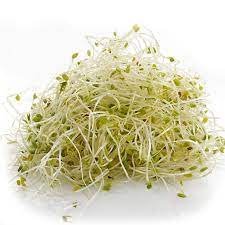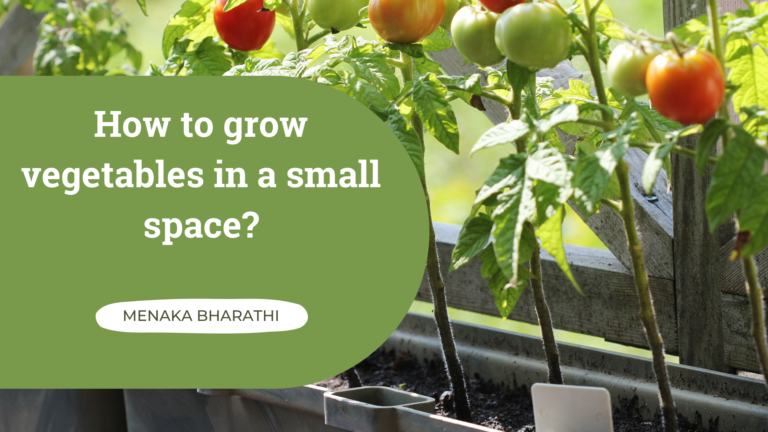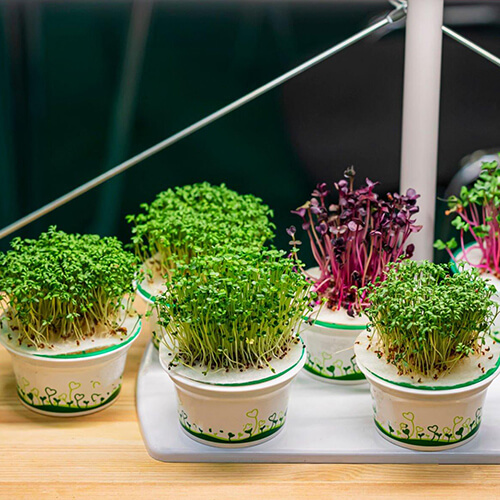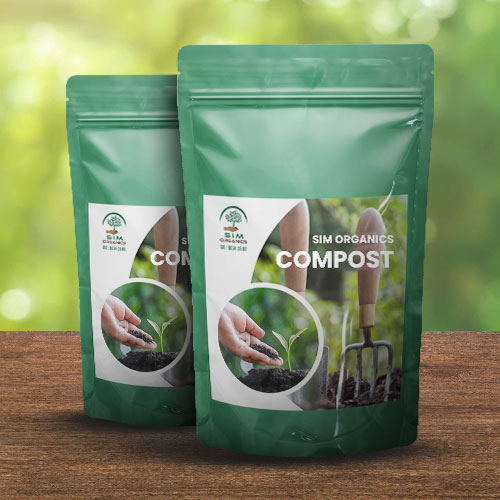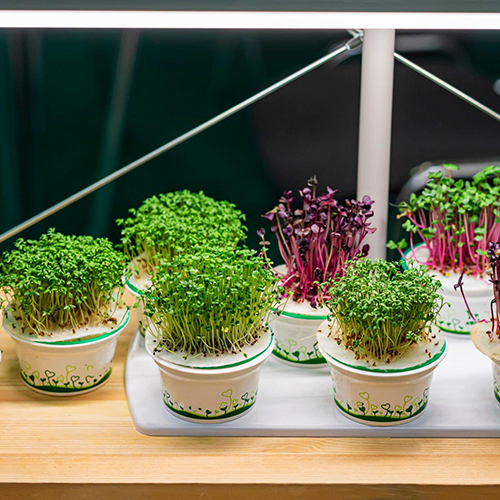
Many types of microgreens can be grown at home, including:
- Arugula: These microgreens have a tangy, nutty flavour and are rich in vitamins C and K.
- Radish: Radish microgreens have a crunchy texture and peppery flavour. They are a good source of vitamin E, folic acid and zinc.
- Beet: Beetroot microgreens have a sweet, earthy taste and are rich in vitamins A, C and iron.
- Broccoli: Broccoli microgreens have a mild flavor and are rich in vitamins C, K and calcium.
- Cilantro: Cilantro microgreens have a fresh, citrusy flavor and are high in vitamins A, C and K.
- Mustard: Mustard microgreens have a spicy, tangy flavor and are rich in vitamins A, C and K.
Grow microgreens at home:
Sim organics is a brand that offers a range of bio-fertilizers and organic products to promote sustainable agriculture. Their products include the microgreens Kit and the Plant Care Kit, both ideal for growing microgreens at home.
The Microgreen Kit from Sim organics contains everything you need to start growing microgreens. It includes a tray, seeds, a growing mix and instructions. The kit is suitable for both beginners and experienced gardeners and is a great way to get started in the world of microgreens.
The Plant Care Kit from Sim organics is another great option for those looking to grow microgreens. It contains a range of products specifically designed to help your plants grow strong and healthy. The kit includes a bio-fertilizer, a soil conditioner and a growth promoter. If you use the Plant Care Kit together with the Microgreen Kit, you can ensure that your microgreens grow healthy and strong.
Tips to grow microgreens at home:
- Choose a container/ Sim organics Microgreen Kit: you can use bowls, shallow pots, or even recycled containers like egg cartons. Make sure your container has drainage holes at the bottom.
- Fill the container with soil/ Buy Sim organics – Plant care Kit/Pot soil Mix: Use high-quality potting soil like the one offered by Sim organics, which contains biofertilizers and is specifically designed for growing vegetables. Fill your container with soil and level it.
- Sow the seeds: Sprinkle the seeds evenly over the soil, making sure to leave some space between the seeds. Gently press the seeds into the soil and cover them with a thin layer of soil.
- Water: Use a spray bottle or watering can with a fine nozzle to gently water the soil. Make sure the soil is moist but not soaking.
- Cover: Cover the container with a lid or plastic wrap to create a mini-greenhouse. This will help retain moisture and speed up germination.
- Germination: place the container in a warm, sunny place and wait for the seeds to germinate. This usually takes about 2-3 days.
- Remove the cover: once the seeds have germinated, remove the cover and place the container in a well-lit area. They need plenty of light to grow.
- Water and fertilize: Water the soil regularly to keep it moist, but not wet. Use a plant care kit like the one from Sim organics, which contains organic fertilizers and natural enzymes to promote healthy growth.
- Harvest: Microgreens are ready to harvest when they have grown about 1 to 3 inches tall. Simply cut them off at the base with scissors.
Health benefits of microgreens:
Microgreens are packed with nutrients and have numerous health benefits. They are a good source of vitamins and minerals, including vitamins C, K and E, as well as folic acid, iron and calcium. They also contain antioxidants that protect against cell damage and reduce the risk of chronic diseases such as heart disease, cancer and Alzheimer’s disease. In addition to their nutritional value, microgreens also add flavor and texture to meals.
Microgreens are also incredibly versatile in the kitchen. They can be used in a variety of dishes, from salads to sandwiches to smoothies. Each type of microgreen has its unique flavor and nutrient profile, so feel free to experiment and find your favorites.
An alternate method for growing microgreens:
Another popular method for growing microgreens is hydroponics. In this method, plants are grown in water. Hydroponic systems can range from simple to complex, but even a simple system can produce a large crop of microgreens. The main advantage of hydroponics is that the plants can be grown without soil, which is especially beneficial when space is at a premium. Microgreens aren’t only easy to grow but also contain many nutrients. It has been shown that microgreens of red cabbage contain six times more vitamin C than mature cabbage.
Conclusion:
In summary, growing micro vegetables at home is an easy and rewarding activity that can provide you with an abundance of fresh, nutrient-rich vegetables. Whether you use a kit or start from scratch, microgreens are a great way to green your space and improve your health at the same time. With the help of Sim organics’ Microgreen Kit and Plant Care Kit, you can ensure that your microgreens grow strong and healthy and enjoy the benefits of fresh, homegrown greens all year long.
Are you looking for a lifestyle change for good health?
Sim Organics, a pioneer in its own right, is paving the way for nature lovers like you. We offer biofertilizers, organic garden essentials like premium soil mix, and can assist you in designing the perfect garden space to suit your unique needs.
For a consultation, contact us at +91 78801 66671 or email us at contact@simorganics.net.
Our solutions are also ideal for larger farmlands.

